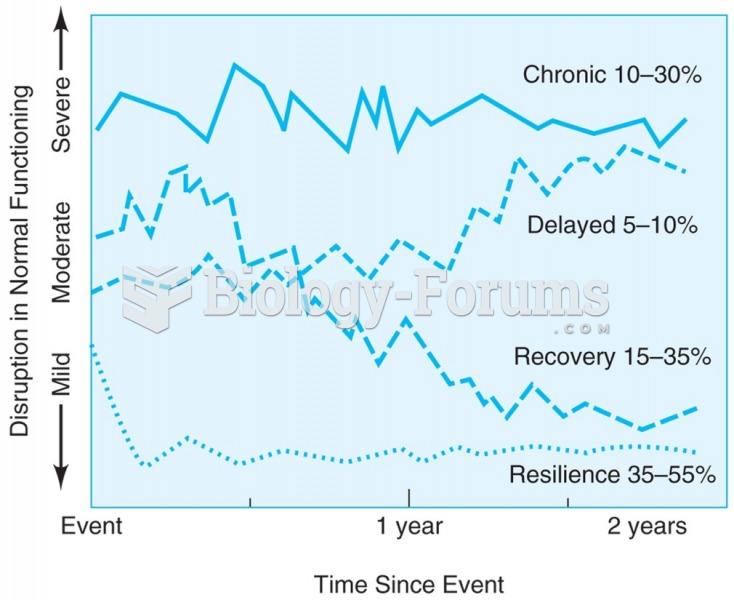Answer to Question 1
A person faces scarcity whenever his or her wants exceed what he or she can obtain using his or her resources. Even very rich people want things that they cannot have. An older rich person, for instance, might want to have all of his or her youthful energy, but medical science cannot (yet) provide this service. Alternatively, another rich person might enjoy life so much that he or she wants 25 hours in a day in order to have more time for more enjoyment. But, such a want is impossible. By way of another, perhaps more realistic example, Malcolm Forbes was the founder of Forbes magazine and was very rich. However, he did not win every piece of art that he bid upon at auctions. Even though Mr. Forbes was very rich, he still passed on some art when the price got so high that he thought given his resources, the price exceeded what he was willing to pay. Mr. Forbes wanted the art, but he was not willing to bid higher in order to win it. Mr. Forbes faced scarcity.
Answer to Question 2
A community program such as the one mentioned here is an example of a public good. Like all public goods, it is non-excludable and non-rival in consumption. None of the residents in the community can be prevented from enjoying the benefits of the program and the enjoyment of its benefits by one individual does not reduce the amount enjoyed by others. Because nobody can be excluded from its consumption, people can enjoy the benefits of the program without paying for it. Therefore, nobody in the community had an incentive to contribute to its functioning. As a result, the program had to be discontinued due to a lack of funds. This is an example of the free-rider problem in the consumption of public goods.







